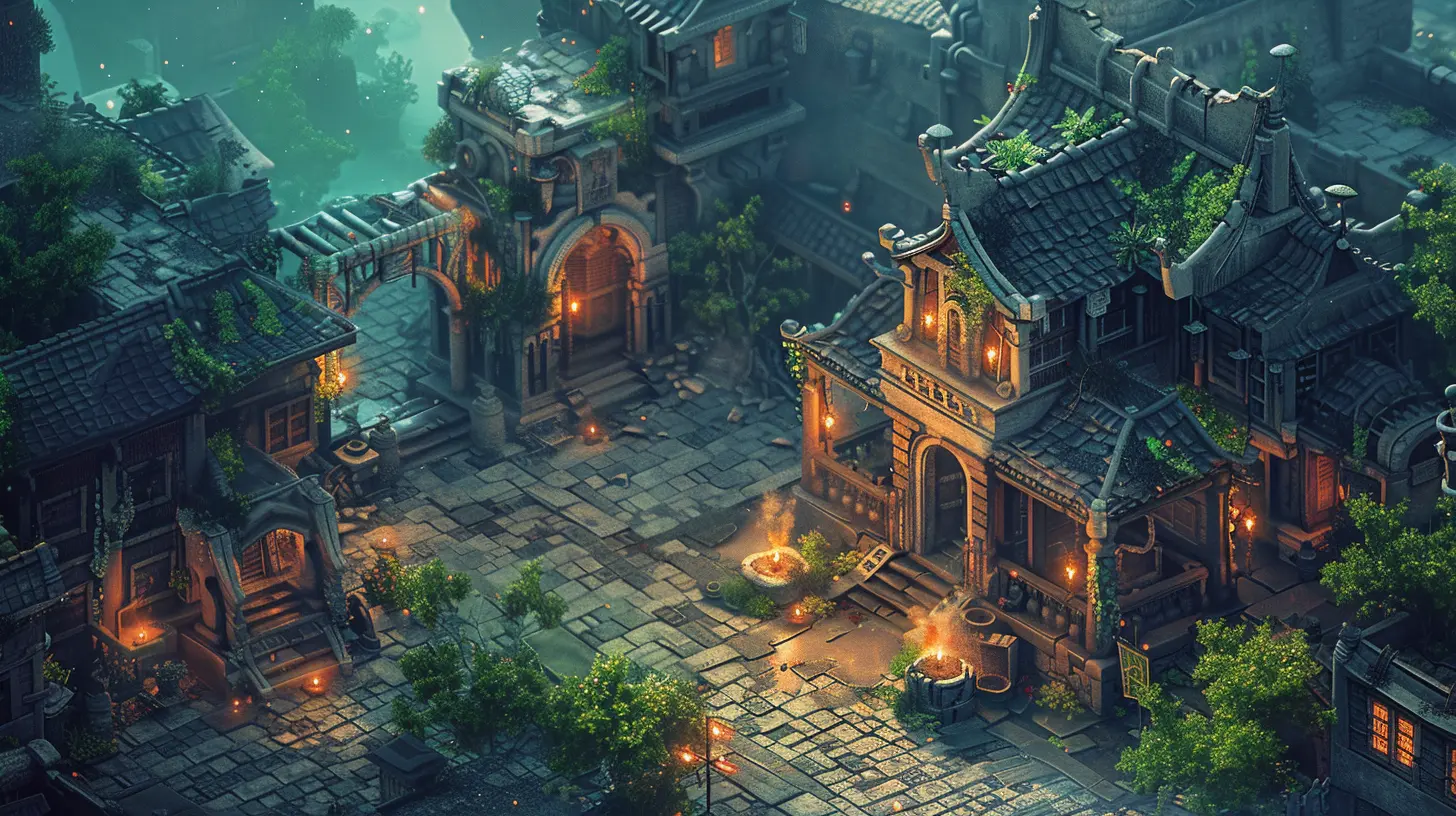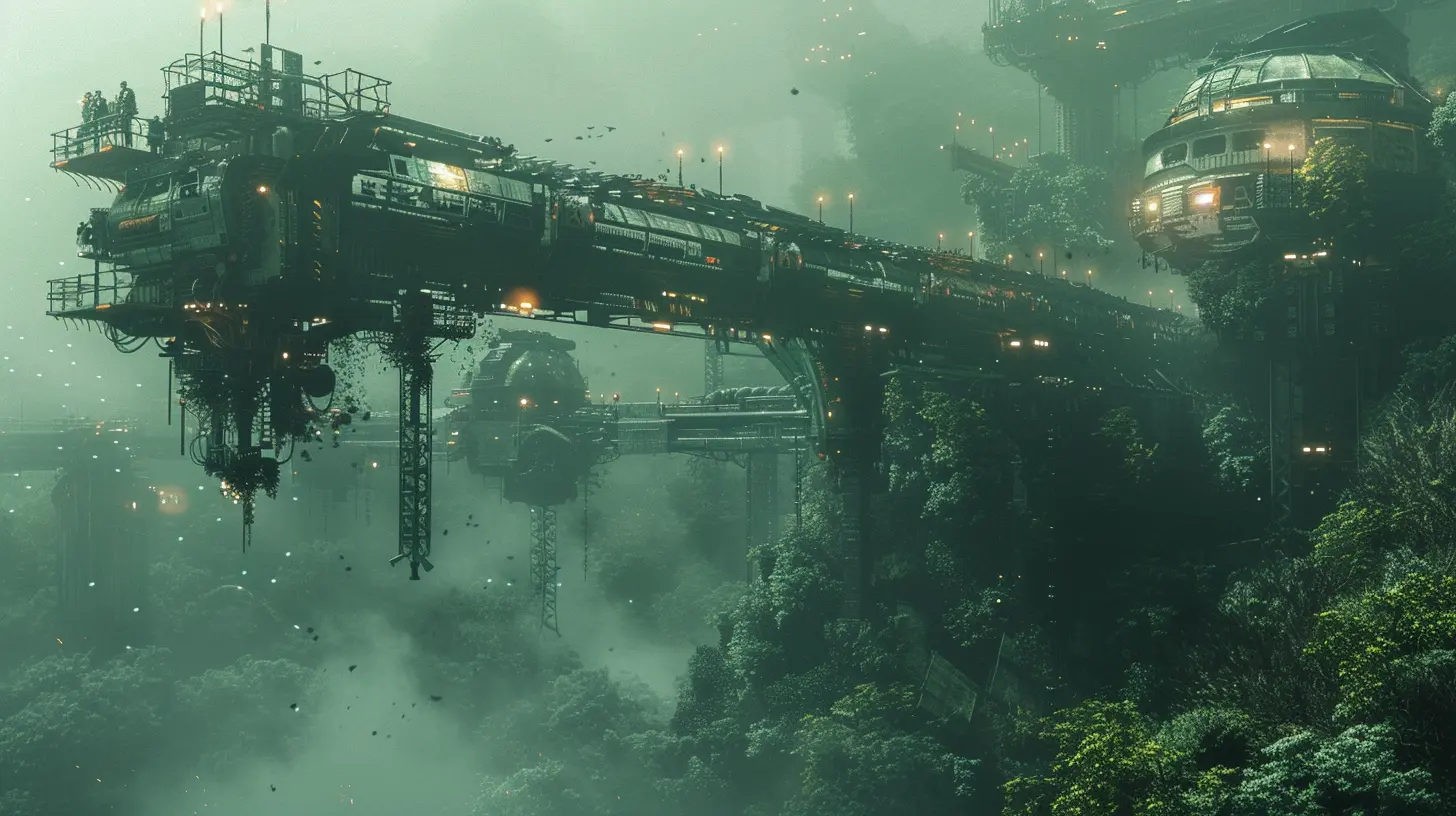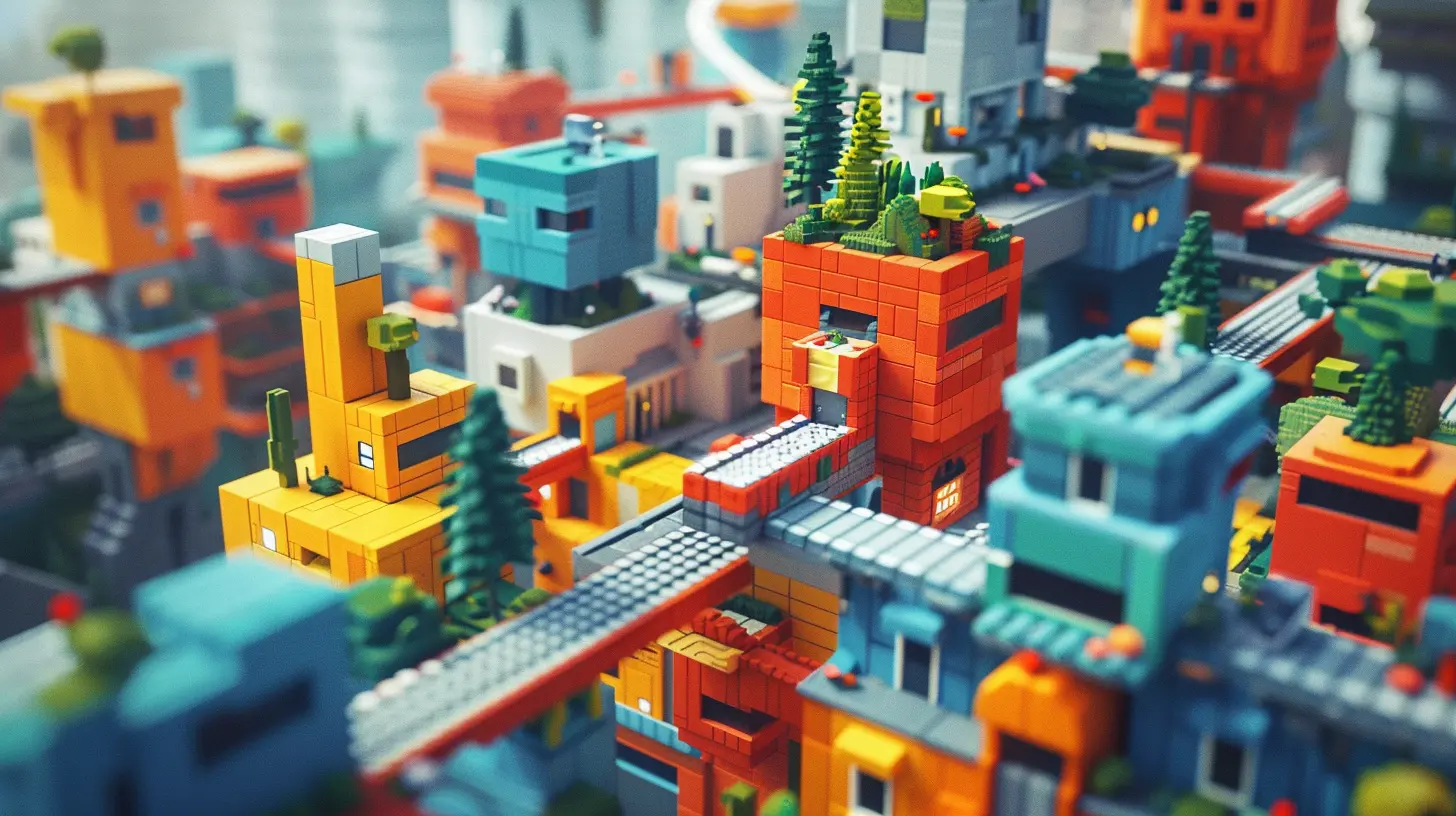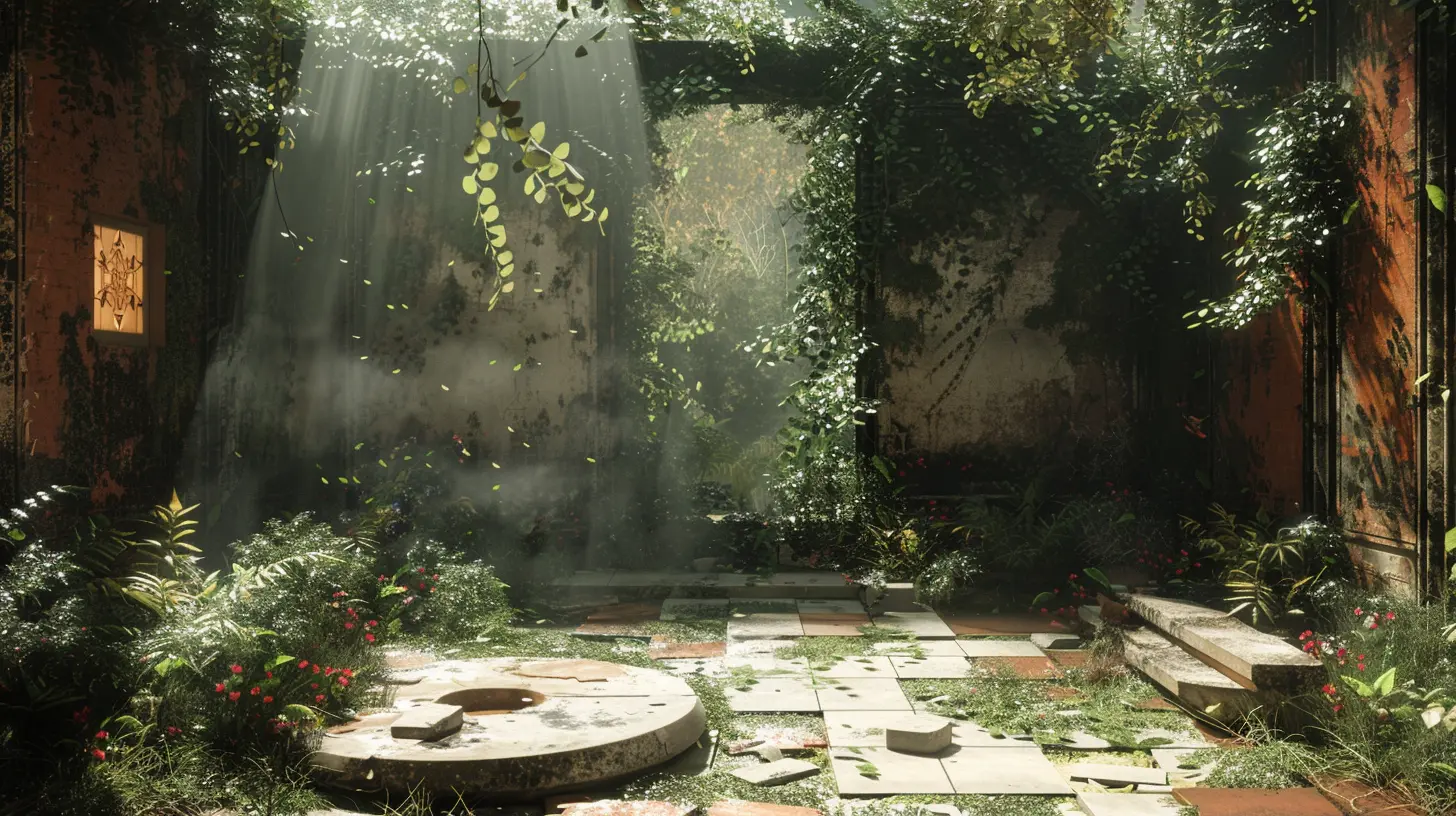13 March 2025
Have you ever had a jaw-dropping moment in a game where you felt like you'd outsmarted the system or stumbled upon something you didn’t think was even possible? That, my friend, is the beauty of emergent gameplay. It’s the unscripted magic players create themselves, often by bending or breaking the "rules" of a game in unexpected ways.
At the heart of emergent gameplay lies an ingenious design philosophy: modular game mechanics. Think of it as giving players a box of LEGO bricks instead of a pre-assembled toy. They can stick to the instructions, sure—but the real fun begins when they start building their own creations. That’s the power of modularity. Let’s dive deeper into how modular game mechanics unlock emergent gameplay, and why this combination is a recipe for unforgettable gaming experiences.
What Is Emergent Gameplay?
Before we roll up our sleeves, let’s break down what emergent gameplay actually is. In simple terms, it’s what happens when players interact with a game in ways the developers didn’t explicitly predict or plan for. It’s like a jazz solo in a gaming world—improvised, personal, and utterly unique.For example, think about the time when "The Legend of Zelda: Breath of the Wild" players figured out they could launch themselves into the air by stacking metal objects and zapping them with electricity. Nintendo didn’t leave a note saying, “Hey, try this physics hack!”—players discovered it on their own. That’s emergent gameplay in action.
What Are Modular Game Mechanics?
Now let’s tackle the second half of our puzzle—modular game mechanics. These are individual mechanics in a game that are simple and self-contained, yet designed to work seamlessly when combined with others. Each mechanic is like a puzzle piece—it has a clear function but can connect to other pieces to form something much more complex.Here’s an analogy: Imagine you’re baking cookies, but instead of a prepackaged mix, you’ve got a pantry full of ingredients—flour, sugar, butter, chocolate chips. You can stick to the classic recipe or mix things up. Similarly, modular game mechanics give players the freedom to experiment, mix, and create their own outcomes.
Games with modular design don’t hand players a single linear path to victory. Instead, they provide a sandbox full of tools and let creativity take the wheel. And when those tools interact in unexpected ways? That’s when the magic begins.
Why Modular Mechanics Are Perfect for Emergent Gameplay
Let’s put two and two together. Modular mechanics are built to be flexible, and emergent gameplay thrives on flexibility. When modular mechanics interact, they create infinite possibilities, many of which developers might not have even foreseen during development. That’s where emergent gameplay thrives.Still with me? Let me paint a clearer picture. In "Minecraft," the modular mechanics include crafting, building, combat, and exploration. On their own, each mechanic is simple. But when players experiment—say, by setting up complex Redstone contraptions or creating functioning computers out of blocks—they’re creating something entirely new. The game doesn’t have a blueprint for these things; players make it happen by combining modular tools in interesting ways.
Examples of Emergent Gameplay Through Modular Mechanics
1. "Breath of the Wild" and Its Sandbox Shenanigans
This one deserves a closer look. The physics, elemental interactions, and cooking systems in BotW are all modular. Players can set grass on fire to create updrafts, use metallic weapons as lightning rods, or experiment with combining ingredients for stat boosts. The systems don’t dictate how you approach challenges—they hand you the tools and tell you, “Go nuts.” The result? Speedrunners launching Link across Hyrule at breakneck speeds or players using Magnesis to build flying contraptions.2. "Divinity: Original Sin 2" and the Power of Synergy
In Divinity: Original Sin 2, elemental interactions are king. Cast an oil spell to slow down enemies, then set it on fire to create an explosion. Pour water on the ground to extinguish flames, but—pro tip—don’t stand in it when someone casts electricity. The brilliance is that these interactions aren’t pre-scripted—they’re a result of combining modular mechanics. You’re given the building blocks, and the rest is up to you.3. "Hitman" and Creativity in Assassination
The Hitman series is less about modular mechanics in the traditional sense and more about modular environments. Each level is a living, breathing world filled with tools, disguises, and opportunities. Whether you disguise yourself as a waiter or rig a chandelier to drop on your target, the systems don’t force a specific solution. Players are encouraged to mix and match tools, creating countless ways to achieve a single goal.Designing Games for Emergent Gameplay
Here’s the kicker: designing for emergent gameplay isn’t about handholding. It’s about trust. Developers need to trust their systems and, more importantly, their players. Here are some key principles for achieving this:1. Keep Mechanics Simple but Versatile
Each mechanic should have a clear purpose but work well in different contexts. For example, a grappling hook can be used for climbing, combat, or even pulling objects toward you. The more versatile the mechanic, the more possibilities it unlocks.2. Focus on System Interaction
Games that thrive on emergent gameplay don’t build standalone mechanics; they design systems that talk to each other. Fire burns wood, water douses fire, and electricity courses through water. These interactions are intuitive yet layered, encouraging players to think outside the box.3. Resist Over-Scripting
It’s tempting for devs to lock players into solving problems a certain way. But over-scripting kills creativity. Instead of saying, “Here’s the solution,” designers should say, “Here are the tools. Figure it out.”4. Encourage Experimentation
Players need to feel safe failing. If experimenting means instant death or a game over, they’ll avoid it. But if failure is just part of the learning process, players will push the boundaries.The Player’s Role in Emergence
Here’s the thing: modular mechanics are only half the story. Players are the other half. Without an engaged, curious player, even the most modular systems fall flat. It’s like handing someone a paintbrush; the art only happens if they pick it up and start painting.The best emergent games gently nudge players toward experimentation. They don’t scream, “Look at this cool feature!”—they leave breadcrumbs and let curiosity do the rest. And when players feel like they "discovered" something on their own, the reward is tenfold.
The Future of Modular Mechanics and Emergence
As games continue to evolve, modular mechanics and emergent gameplay are only going to become more sophisticated. With advancements in AI and procedural generation, imagine games where the systems dynamically adapt to player behavior, creating emergent possibilities in real-time. Picture a world where interactions aren’t just coded, but learned.The potential is limitless, and it’s all thanks to the humble, modular building block.
Wrapping It All Up
Creating emergent gameplay through modular game mechanics isn’t just about fun—it’s about empowerment. It’s about giving players the tools to craft their own stories, solve problems in their own way, and discover moments of awe that no one else has experienced. Games like Breath of the Wild, Hitman, and Divinity: Original Sin 2 prove that this design philosophy works—and players can’t get enough.So, the next time you’re playing a game and stumble across a "How the heck did that work?" moment, take a second to appreciate the genius behind it. Chances are, it’s the result of a modular system working its magic, letting you go off-script and create something truly special. That’s the beauty of gaming.







Zayla Ward
Ah, modular game mechanics: where creativity meets chaos! It's like giving a toddler a box of LEGO bricks and saying, 'Build whatever you want!' Just don’t be surprised when they construct a spaceship that looks suspiciously like a house cat. Happy gaming, and may your emergent gameplay be as wild as your imagination!
March 27, 2025 at 5:52 AM